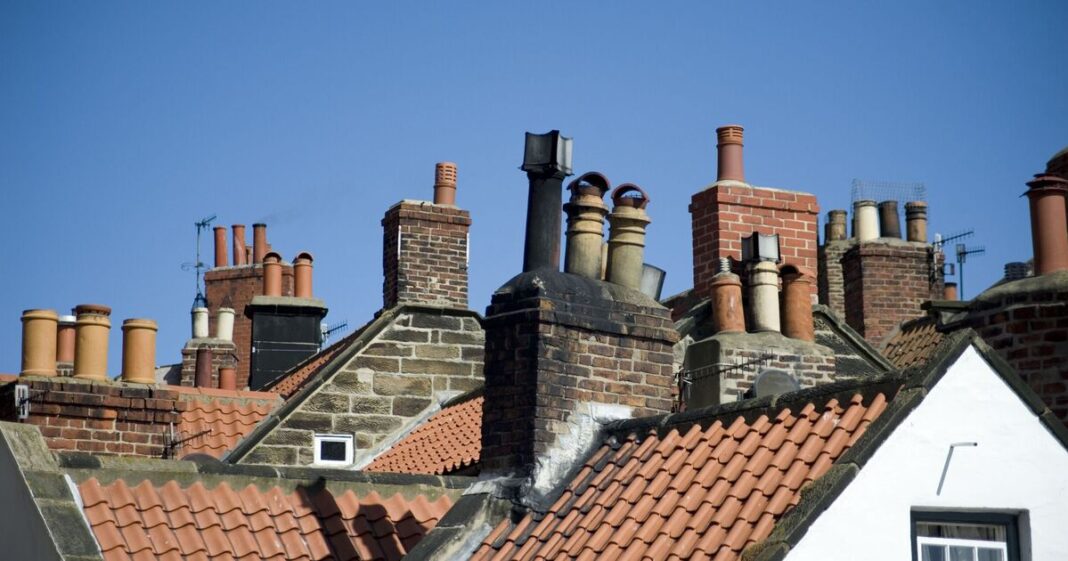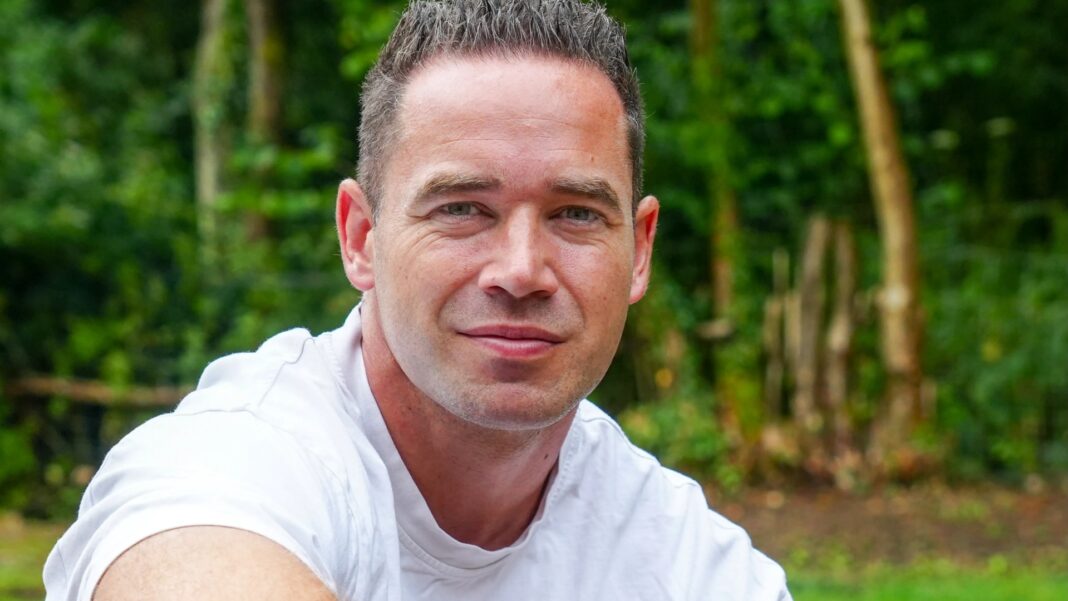Brits with chimneys have been urged to get them cleaned before winter hits and fireplaces get used regularly. Experts have warned that if you’re waiting until just when you need your chimney to clean it, you’ll already be too late. Getting them cleaned can prevent fire hazards, carbon monoxide risks, and costly winter emergencies.
Jeff Berzolla, CEO of Instant Roofer, said: “Most people think about chimney cleaning when they’re ready to use their fireplace, but that’s actually backwards. There’s actually a much better time to handle this maintenance, and it could mean the difference between a cosy winter and a dangerous one.”
He advised cleaning chimneys between September and early November as companies have better availability before their busy winter season.
He explained: “Fall is the sweet spot for chimney maintenance. You’re getting ahead of the heavy usage season, which means you’re preventing problems instead of reacting to them.”
Over months of use, soot and creosote build up inside your chimney walls. This black, tar-like substance is not only unsightly, but also highly flammable.
Blocked airflow from debris, animal nests, or excessive buildup can cause potentially deadly carbon monoxide to back up into your living space instead of venting outside.
Chimney cleaning also makes them more efficient and can save money all winter long. A clean chimney allows your fireplace or wood stove to burn more efficiently, providing better heat output while using less fuel.
Smoke and soot stains from a poorly maintained chimney can damage your roof and create permanent discolouration.
Mr Berzolla said: “When your chimney draws properly, your fire burns hotter and cleaner. That means you’re getting more warmth from every log, which adds up over a long heating season.
“Your chimney and roof work as a system. A problem with one of them usually affects the other. Make sure you’re regularly cleaning to extend the life of both your chimney and the surrounding roof area.”


